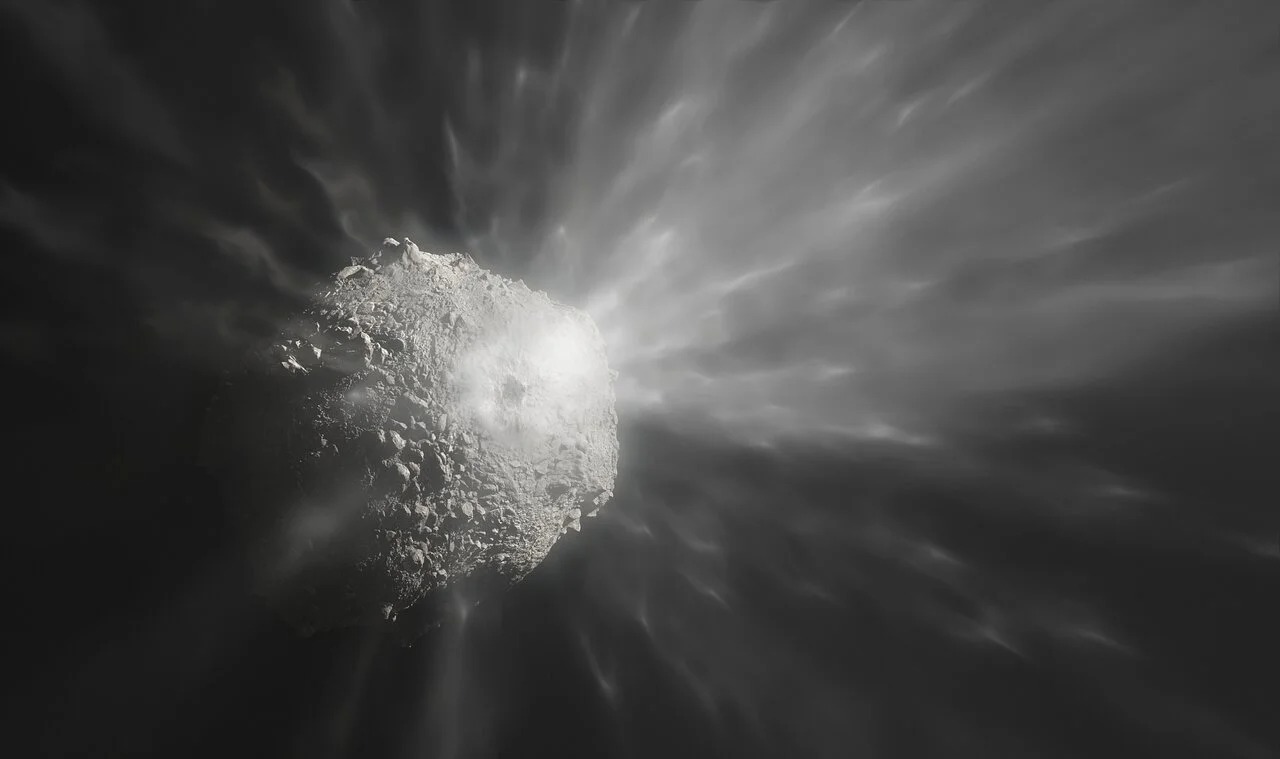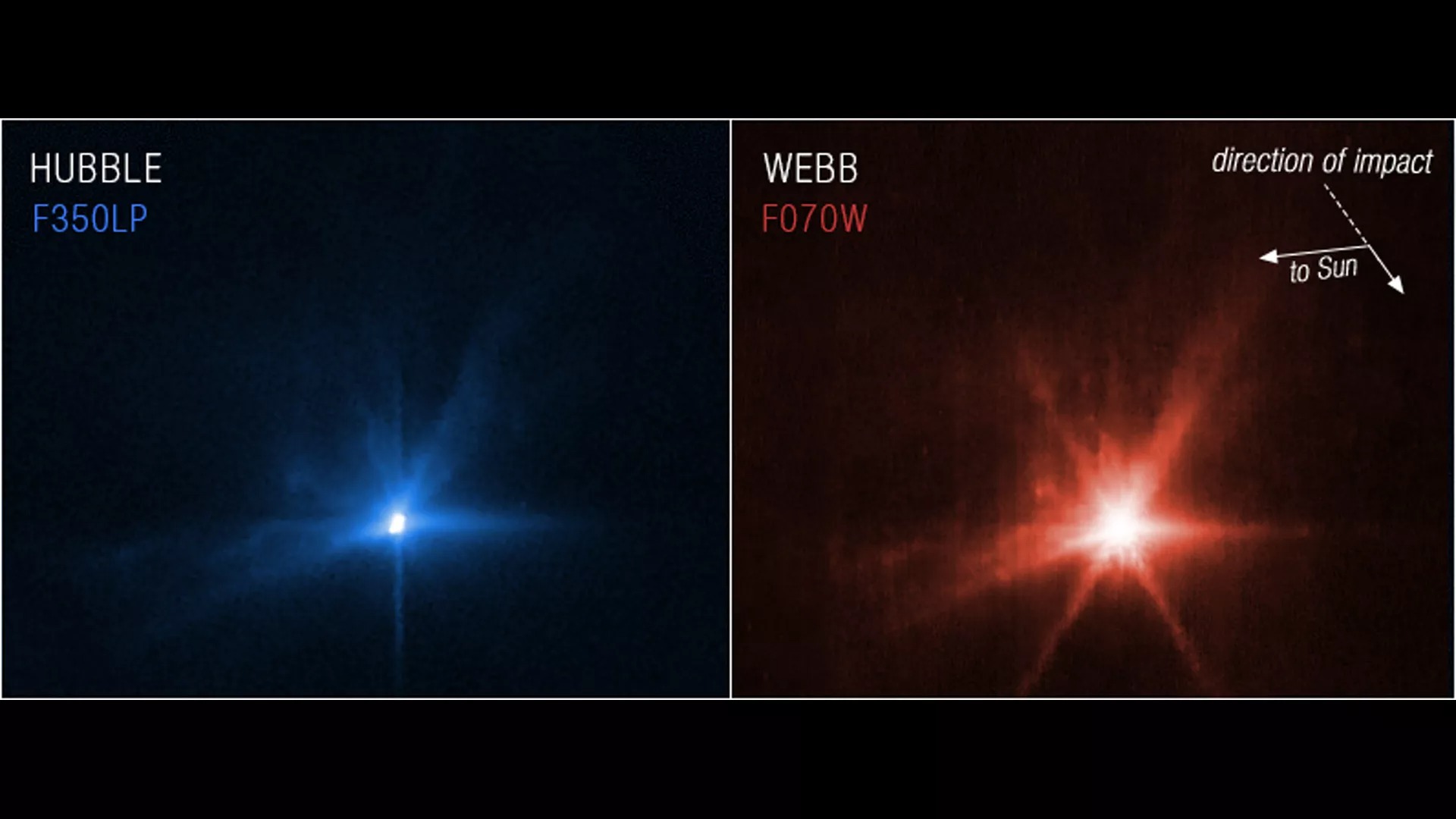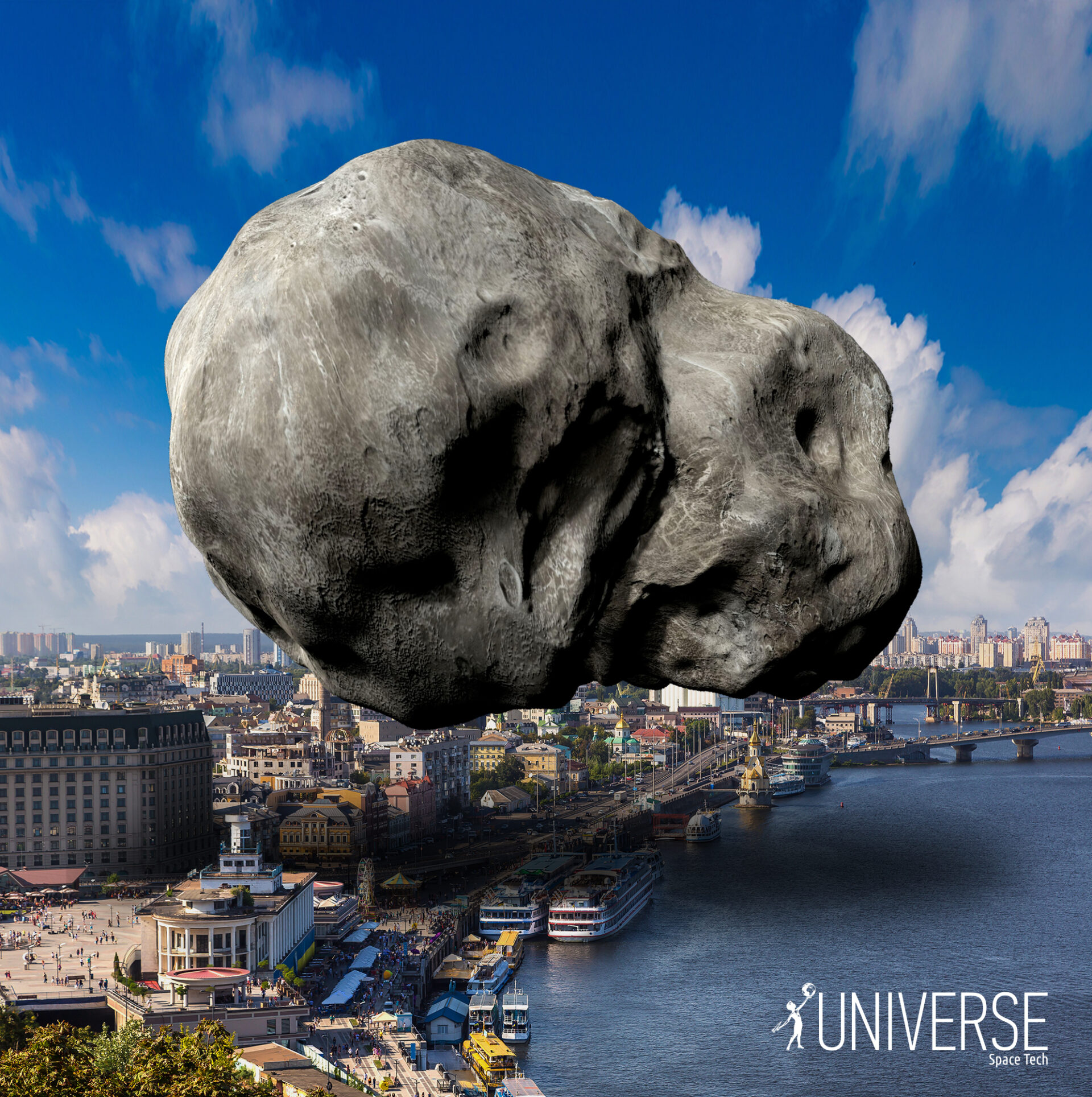In 2022, NASA successfully “attacked” an asteroid. The purpose of the collision of the DART spacecraft with the Dimorphos asteroid was to test whether humanity would be able to save the Earth in the future by kinetic impact on a potentially dangerous cosmic object that could hit our planet.

The collision turned out to be so strong that it literally gutted the Dimorphos, changing its shape and even orbit, and also left behind a huge impact trace, which formed a long plume of dust and rocks. The consequences of this event are so large-scale that they were noticed by NASA’s Hubble and James Webb space telescopes.

Scientists predict that the part of the material that broke off from the asteroid is quite large. Although they do not threaten Earth, these boulders can cross the orbit of Mars. This is stated by Marco Fenucci, a researcher from the European Space Agency.
According to the calculations of the scientist, if the fragments of the Dimorphos fall on the surface of Mars, they can form huge craters. This will be the first time that humans have managed to cause a meteor storm. However, this will not happen earlier than in 6 thousand years.

Scientists fear that the echo of this impact could pose a threat to the European Space Agency’s Hera mission, scheduled for 2026. The debris may also harm colonists on Mars in the future.
Fortunately, the probability of a collision is extremely low.
Earlier, we reported on how an amateur astronomer showed still unseen pictures of the DART collision with the Dimorphos asteroid.
According to nationalgeographic.com
Follow us on Twitter to get the most interesting space news in time
https://twitter.com/ust_magazine


